当前位置:网站首页>cocos3——8.实现初学者指南
cocos3——8.实现初学者指南
2022-07-06 19:37:00 【全栈程序员站长】
大家好,又见面了,我是全栈君
1.采用ClippingNode裁剪范围
写作物接口:
function createClipNode(node, stencil, inverted) {
var clip_node = new cc.ClippingNode();
// 设置模板节点(就是要裁剪的区域)
clip_node.stencil = stencil;
// 加入要被裁剪掉的节点(显示的内容)
clip_node.addChild(node);
if (inverted != undefined) {
// 设置反转(由于我们须要保留模板区域外面的内容,裁剪掉区域里的内容)
clip_node.setInverted(inverted);
}
clip_node._stencil = stencil;
return clip_node;
}在引导层创建裁剪节点:
// create clip node
var mask = cc.LayerColor.create(cc.color(0, 0, 0, ui.mask_a), ui.screen_width, ui.screen_height);
var stencil = cc.LayerColor.create(cc.color.GREEN, 100, 100);
stencil.ignoreAnchorPointForPosition(false);
this.clip_node = createClipNode(mask, stencil, true);
this.addChild(this.clip_node, ui.mask_z);这里是创建了一个全屏的黑色遮罩层,然后在上面裁剪掉stencil的区域。要改变区域,我们仅仅须要改变stencil的位置和大小就能够了。
然后在引导层中写裁剪的函数:
node.clipNode = function (ref) {
this.clip_ref = ref;
var stencil = this.clip_node.stencil;
if (ref) {
stencil.setAnchorPoint(ref.getAnchorPoint());
stencil.setContentSize(ref.getContentSize());
stencil.setPosition(ref.getParent().convertToWorldSpace(ref.getPosition()));
} else {
// set out of screen
stencil.setPosition(cc.p(10000, 10000));
}
}这个函数就是用传进来的參考节点ref的锚点、大小、位置来设置模板的属性,这样就能按參考节点进行裁剪了。
2.引导的简单流程
对于简单的引导实现,就是在引导開始的地方開始、引导结束的地方结束。
而什么时候開始、什么时候结束,假设量小且開始、结束条件都比較特殊的话,
就能够找到相关的地方開始和结束引导。
假设量大且条件比較一般化(比方button事件结束、滑动事件结束之类的),能够将条件 抽象话。然后进行配置。
以下就说简单的方式吧,先准备一下引导開始和结束的接口。
先从文件流获取上次引导的步数吧,这里用的local storage:
// local storage
var storage = {
ls: cc.sys.localStorage,
};
storage.set = function (key, value) {
this.ls.setItem(key, value);
}
storage.get = function (key) {
var value = this.ls.getItem(key);
if (value != '') {
return value;
}
}
storage.remove = function (key) {
this.ls.removeItem(key);
}
// global interface
var guide = {
node: node,
};
// arrow: // 0 down, 1 right, 2 up, 3 left
guide.steps = [
// 0
{
name: 'btn_right',
str: '请按住button,控制力度,将沙包扔进红色区域。', arrow: 1, }, // ...];// 获取上次引导完毕的步数guide.cur_step = storage.get('guide') || 0;然后准备開始和结束引导的接口:
guide.start = function (step) {
if (step == this.cur_step) {
console.log('guide start:', step, ',', this.cur_step);
this.started = true;
this._show(true);
var info = this.steps[this.cur_step];
this.node.updateData(info);
}
}
guide.end = function (step) {
if (!this.started) {
return;
}
this.started = false;
if (step == undefined) {
step = this.cur_step;
}
if (step == this.cur_step) {
console.log('guide end:', step, ',', this.cur_step);
storage.set('guide', ++this.cur_step);
this._show(false);
}
}
guide._show = function (show) {
if (show) {
if (!this.node.getParent()) {
this.node.init();
ui.scene.addChild(this.node);
}
}
this.node.visible = show;
}上面guide里的node就是引导界面的根节点。引导開始guide.start的时候,推断步数是当前步。就引导当前步,从上面配置的steps里面获取要引导的文字内容。
以及參考节点的名字(參考节点会挂到guide.start被调用的当前界面node对象下)、以及箭头等(文字、箭头的显示我就不多说了)。然后更新裁剪区域、显示文字、箭头等。在引导结束的时候将当前步数添加。
而实际设计各个引导的时候,比方在第i步的时候,去開始的地方调用guide.start(i),在引导完的时候掉guide.end(i)就能够了。
这里设计的是简单的单线引导,对于简单的
新手引导已经够用了。
版权声明:本文博主原创文章。博客,未经同意不得转载。
发布者:全栈程序员栈长,转载请注明出处:https://javaforall.cn/116793.html原文链接:https://javaforall.cn
边栏推荐
- 你知道电子招标最突出的5大好处有哪些吗?
- Analysis of USB network card sending and receiving data
- Software testing -- common assertions of JMeter interface testing
- [secretly kill little partner pytorch20 days] - [Day1] - [example of structured data modeling process]
- Babbitt | metauniverse daily must read: is IP authorization the way to break the circle of NFT? What are the difficulties? How should holder choose the cooperation platform
- c语言字符串排序
- The annual salary of general test is 15W, and the annual salary of test and development is 30w+. What is the difference between the two?
- Don't you know the relationship between JSP and servlet?
- Django database (SQLite) basic introductory tutorial
- Redis getting started complete tutorial: common exceptions on the client
猜你喜欢
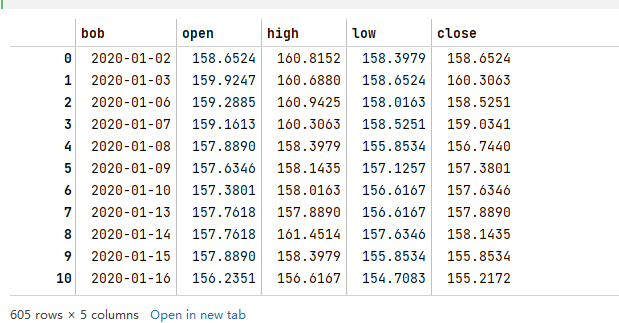
掘金量化:通过history方法获取数据,和新浪财经,雪球同用等比复权因子。不同于同花顺
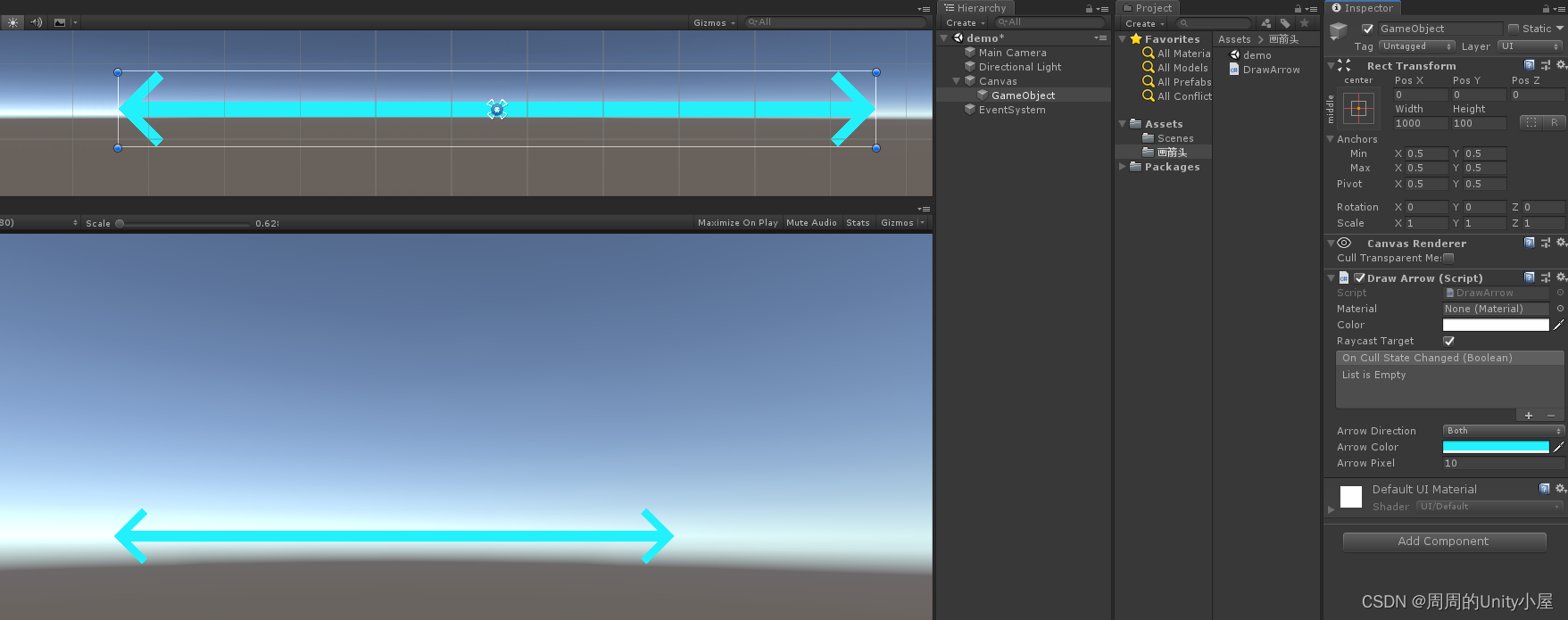
Unity uses maskablegraphic to draw a line with an arrow

How to design interface test cases? Teach you a few tips to draft easily

Nuggets quantification: obtain data through the history method, and use the same proportional compound weight factor as Sina Finance and snowball. Different from flush
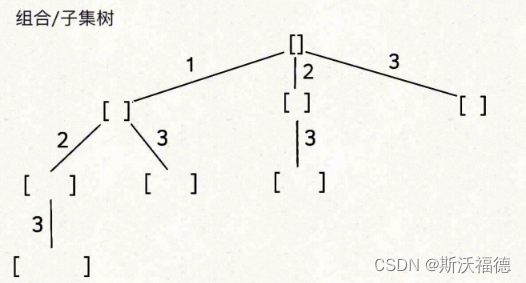
LeetCode 77:组合

又一百万量子比特!以色列光量子初创公司完成1500万美元融资

uniapp适配问题
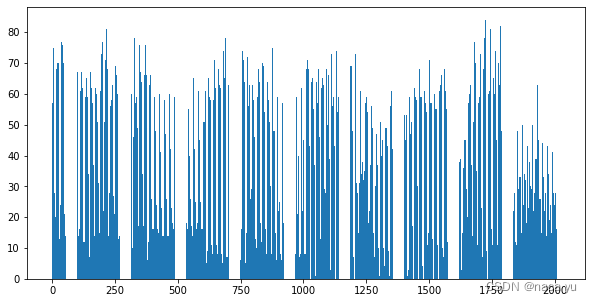
Statistics of radar data in nuscenes data set

上个厕所的功夫,就把定时任务的三种调度策略说得明明白白
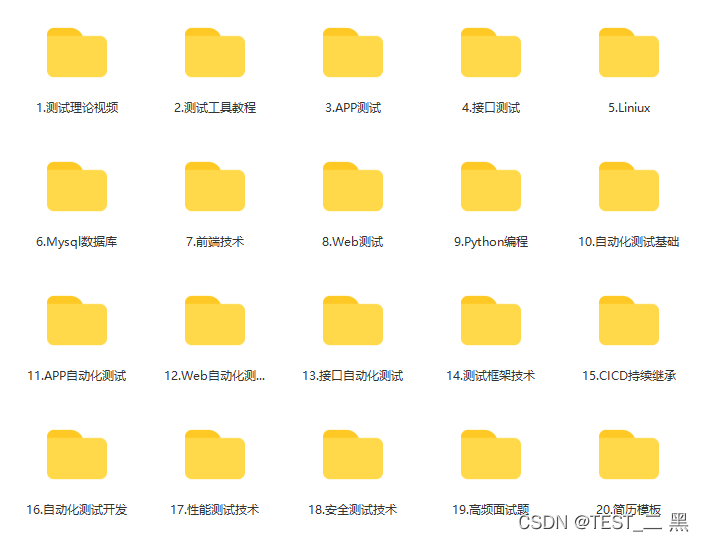
The annual salary of general test is 15W, and the annual salary of test and development is 30w+. What is the difference between the two?
随机推荐
c语言字符串排序
硬件之OC、OD、推挽解释
QT common Concepts-1
2022年信息安全工程师考试大纲
leetcode-02(链表题)
MySQL - common functions - string functions
Detailed explanation of 19 dimensional integrated navigation module sinsgps in psins (time synchronization part)
Examples of how to use dates in Oracle
又一百万量子比特!以色列光量子初创公司完成1500万美元融资
Redis入门完整教程:客户端常见异常
Read fast RCNN in one article
unrecognized selector sent to instance 0x10b34e810
Redis Getting started tutoriel complet: positionnement et optimisation des problèmes
uniapp的表单验证
巴比特 | 元宇宙每日必读:IP授权是NFT的破圈之路吗?它的难点在哪里?Holder该如何选择合作平台?...
Leetcode 77: combination
[secretly kill little partner pytorch20 days] - [Day1] - [example of structured data modeling process]
尚硅谷JVM-第一章 类加载子系统
2022 spring recruitment begins, and a collection of 10000 word interview questions will help you
杰理之FM 模式单声道或立体声选择设置【篇】